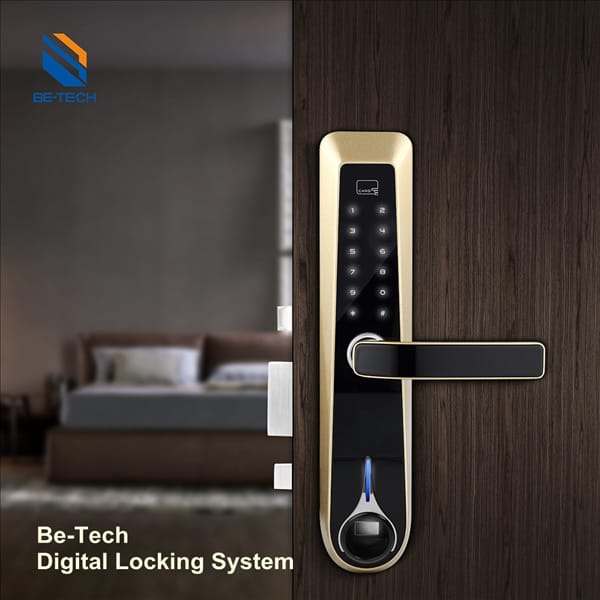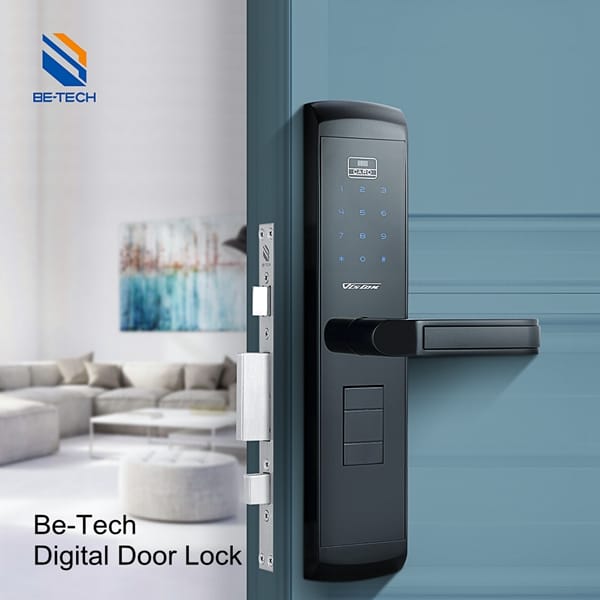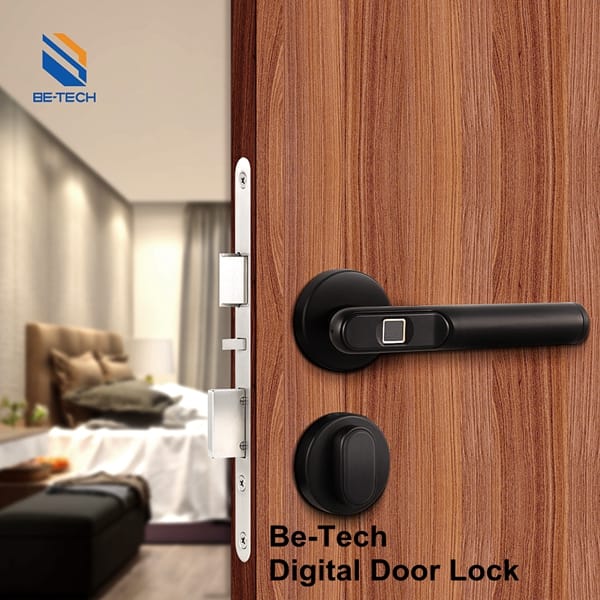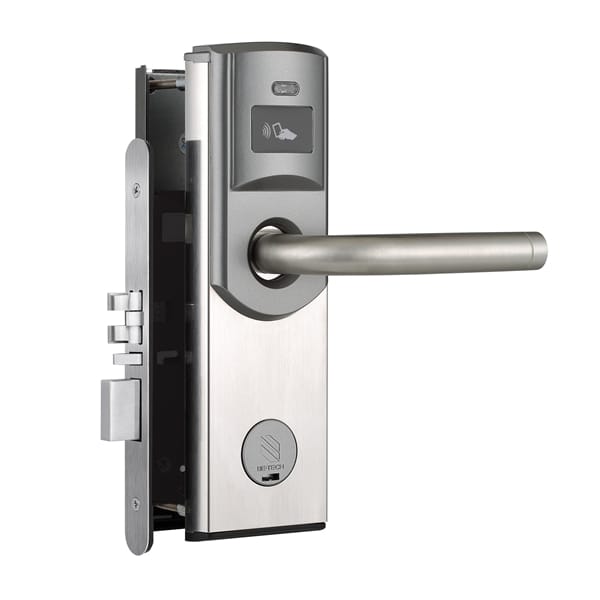In the hospitality industry, security is paramount. Ensuring the safety of guests and their belongings while providing a seamless and convenient experience is a top priority for hoteliers. One of the most effective ways to achieve this is through the implementation of key card access systems. These systems not only enhance security but also offer numerous benefits in terms of convenience, efficiency, and guest satisfaction. This article will delve into the intricacies of key card access systems, their components, benefits, and practical applications in hotels and businesses.
Components of Key Card Access Systems
Key card access systems are composed of several key components, each playing a crucial role in ensuring the system’s effectiveness:
- Key Cards: These are the electronic credentials that store user information. Think of them as digital keys that can be easily programmed and reprogrammed. They come in various forms, including magnetic stripe cards, RFID cards, and smart cards.
- Card Readers: Devices installed at entry points that read the information on the key card. They act like the lock in a traditional system but are much more sophisticated. Card readers can be contact-based (requiring physical swiping) or contactless (using radio frequencies).
- Controllers: The brain of the system, which verifies the card’s information against a database and decides whether to grant access. Controllers are akin to a receptionist checking a guest list before allowing someone into a private event.
- Electronic Locks: Mechanisms that lock or unlock doors based on the controller’s decision. These locks are more secure and reliable than traditional mechanical locks.
- Software: Manages user data, access rights, and system activity, providing a centralized way to control and monitor access. This software is essential for maintaining the system’s integrity and ensuring that only authorized individuals have access.
How Key Card Access Systems Work
When a key card is swiped or tapped near a card reader, the reader sends the card’s information to the controller. The controller checks this information against a database to verify the user’s identity and access privileges. If the information matches, the controller signals the electronic lock to open the door. This process is similar to a receptionist checking a guest list before allowing someone into a private event.
Types of Key Card Systems
- Magnetic Stripe Cards: Require physical swiping and are similar to credit cards. They are cost-effective but can wear out over time.
- Proximity Cards (RFID): Use radio frequencies to communicate with the reader without physical contact. These are more durable and convenient.
- Smart Cards: Contain microchips that store more data and offer higher security. They can also be used for additional functions like payments or identification.
Benefits of Key Card Systems
- Increased Security: Unique codes and encryption make it difficult for unauthorized individuals to duplicate or tamper with key cards. This is akin to having a unique fingerprint for each key card.
- Improved Tracking: Real-time data on entries and exits helps monitor activity and identify security breaches. Imagine having a detailed log of who enters and exits each room, similar to a guestbook at a high-security event.
- Convenience: Eliminates the need for physical keys, reducing the hassle of key management. Guests can easily carry key cards in their wallets or pockets.
- Flexibility: Easy to update access rights and deactivate lost or stolen cards. This is like being able to change the locks on a door instantly without needing a locksmith.
- Cost-Efficiency: Lower maintenance costs compared to traditional locks, as lost cards can be easily replaced without changing the locks.
Challenges and Knowledge Gaps
- Understanding Technology: The technical aspects of RFID and smart card technology can be complex. To bridge this gap, think of RFID as a radio station broadcasting a signal that the card reader tunes into, while smart cards are like mini-computers that store and process data.
- Integration with Existing Systems: Integrating key card systems with other security measures like CCTV and alarms can be challenging. Imagine it as connecting different pieces of a puzzle to create a complete security picture.
- Managing Software: The software component requires regular updates and management. Think of it as maintaining a high-performance car that needs regular servicing to run smoothly.
Practical Impact on Hotel Operations
Purchasing Decisions
When selecting a key card system, it is essential to consider the type of cards—magnetic stripe, RFID, or smart cards—based on your hotel’s specific needs and budget. Magnetic stripe cards are often the most cost-effective option, but they can wear out quickly and are less secure due to their susceptibility to demagnetization and physical damage. RFID cards, on the other hand, offer better durability and security as they use radio frequencies to communicate with the door lock, reducing the risk of physical wear and tear. These cards are more resistant to cloning and provide a contactless experience, enhancing guest convenience. Smart cards provide the highest level of security and functionality, including the ability to store additional data and integrate with other hotel systems, such as payment and loyalty programs. For example, high-end hotels might prefer smart cards for their additional features and security, allowing them to offer a seamless and luxurious guest experience. Choosing the right type of card not only impacts the initial investment but also affects long-term maintenance costs and guest satisfaction.
Installation Procedures
Proper planning and professional installation are crucial when implementing a key card system. Begin by assessing your current infrastructure to determine compatibility and potential challenges. Ensure that the system is scalable and can integrate with other security measures, such as CCTV and alarm systems. Think of it as building a house where the foundation must be strong and future expansions should be possible. Engage with experienced installers who can provide insights into best practices and potential pitfalls. Additionally, consider the aesthetic integration of the system with your hotel’s design, ensuring that the key card readers blend seamlessly with the decor. Testing the system thoroughly before going live is essential to identify and rectify any issues, ensuring a smooth transition for both staff and guests.
Security Protocols
Regularly updating the software and training staff on how to use the system effectively are critical components of maintaining security. This is similar to updating antivirus software on a computer to protect against new threats. Software updates often include patches for vulnerabilities and enhancements that improve system performance and security. Staff training should cover not only the technical aspects of using the key card system but also protocols for handling lost or stolen cards and emergency procedures. Implementing a routine audit of the system can help identify potential security gaps and ensure compliance with industry standards. Guest education on the importance of key card security can also play a role in maintaining overall safety. By staying proactive and vigilant, hotels can protect their assets and provide a secure environment for their guests.
Key Considerations for Hotel Lock Buyers
- Security: Choose a system with advanced encryption and regular updates to protect against vulnerabilities. Action Item: Schedule regular security audits and updates for your key card system.
- Integration: Ensure the key card system can integrate with other security measures like CCTV and alarms. Action Item: Work with a security consultant to design an integrated security plan.
- User Experience: Opt for systems that enhance the guest experience, such as smart cards or mobile access. Action Item: Implement a pilot program to test new technologies and gather guest feedback.
By understanding these aspects and taking the recommended actions, you can optimize your hotel’s lock systems and security, providing a safer and more convenient experience for your guests.









